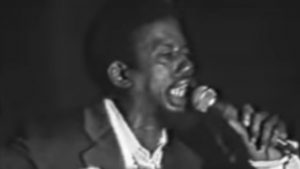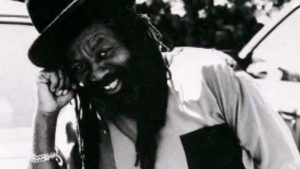It has long been a well-known belief that brand advocacy supports market share and is a more reliable avenue than advertising when it comes to driving sales.
Now, this belief, is an established fact, evidenced by an empirical European Advocacy research carried out by global Public Relations Agency, Weber Shandwick and Paul Marsden, former head of Enterprise LSE, the commercial arm of the London School of Economics.
Not only is brand advocacy worth more than any ‘advertising spend’; the results of the study show brand ambassadors who spread the news of their positive encounter with any product or service, are responsible for a ‘five’ time return on an advertising dollar.
The findings, which were tabulated after surveys among respondents across various markets, prove that 50 per cent of purchases are brand advocate activated, and is applicable to both high priced products such as vehicles as well as everyday consumer items like mobile phones.
In the case of products that require a significant financial investment, like cars, brand advocacy is of particular value. One is far more motivated to purchase a car recommended by a friend who also owns or owned that brand, and may be less inclined to seal the deal by virtue of the propaganda machinery that pitches the vehicle’s image. What one knows about a brand will always supervene what the supermodel perched on the hood says.
I heard Volvos are among the safest vehicles, but as I have never driven a Volvo over The Don Valley bridge or the Yallahs Fording during a flood, I can only recommend a BMW X5, on account of its ability to ride out a skid without leaving me feeling I lost total control. In the same vein, once I hit aisle five, I head straight for the Heinz ketchup because I know it is the only condiment that lasts over two weeks in my home. Whether or not this is due to one’s frustration from waiting on the highly concentrated tomato and sugar mixture to leave the cap – like watching paint dry – is not really relevant. Its longevity is worth the extra 45 cents, and the taste complements like it should.
While a third of brand users are won over by brand advocacy, the research identifies an ‘advocacy gap’ between these users and the extent to which they actually share their brand testaments with friends, colleagues, and acquaintances. Based on the survey, 4-in-10 consider themselves advocates but only half, 2-in-10, actually pass on the word. It is clear that marketing strategists, to stay ahead of the competition, need to focus their creative energy into the full-realization of the brand advocacy potential already alive among brand loyalists.
One way to inspire advocates and contract this gap is through ‘delighting’ and ‘surprising’ the consumer. This is not new either. Exceeding expectations is the common denominator employed by customer service experts in the hospitality industry for years. The Sandals and Beaches group, for example, did not, for the past decade, cop the coveted title of the World’s Leading Resorts by accident. The organization is built on developing ‘out of the box’ customer satisfaction techniques that continue to lure thousands of luxury travelers to its suites.
When one couple returns to the same destination, and will only stay in the same suite over 158 times over 12 years, that is a quintessential business case for promulgating brand advocacy. The ad, as fairy-tale as it appears, cannot compare to the blow-by-blow account by the honeymooners who just returned from the resort, and now sitting next to a new couple still weighing their options in the travel agent’s office.
I like to take copious notes of my reactions to anything that is being sold to me on television. I pay even more keen attention to items endorsed by celebrities as I have a bad habit of assuming the product may not be able to stand on its own merits if it requires support from the Hollywood camp. Perhaps it is just business, but I also have the bad habit of dissecting the relevance and appropriateness of the product and the celebrity with whom it is aligned. Mike Weir can definitely sell me gulf gear but I am not so sure if he will be as successful in recruiting my investment into any financial organization. Warren Buffet would be a better candidate for that.
Commercials are not completely useless, but there is no guarantee what will be sold to the consumer when ads try to sell a product. When the Jaguar ad with the Chris Isaak soundtrack debuted, I remember thinking:
hmmmm…Chris Isaak, that’s hot
I love that song
How come I don’t have that CD?
Anyone who has seen the original Chris Isaak music video and ever vacationed in a cottage at Ian Flemming’s estate, knows exactly where I am headed with this. I went to HMV and bought the CD that was soundtrack to my life for days. I had no deep-seated interest in Jags as it was clearly being sold to me as an ‘aspirational’ vehicle and at that time luxury autos were not on my front burner.
Three months later, I am in Miami, and my friend picks me up in a spanking, new vehicle. Next thing I know, I am on the Florida Turnpike but feel like I’m on air, blasting Chris Isaak. Maybe it was the unforgettable smoothness of the ride, the aroma of the new leather, or just the Independence party, but all I know, that was a great day which I often reference:
David, remember that 4th July party in Bal Harbour…blasting Chris Isaak in your new BMW?
You mean my new Jag!
Whoopsie!
Indeed, advertising is a wicked game.
Raquel is a PR consultant and business writer living in Toronto, [email protected]












